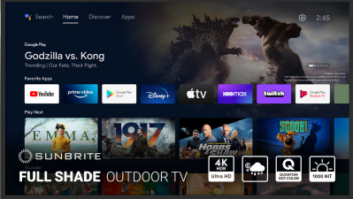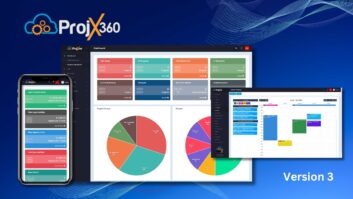Carmel, Ind. — The Advanced Television Systems Committee (ATSC) Tuesday issued a call for proposals for the “physical layer” of the ATSC 3.0 next-generation broadcast TV standard.
The ATSC standard will in the years ahead replace the current digital broadcasting systems used in the United States and around the world, providing higher capacity to deliver Ultra-High-Definition services, robust reception on mobile devices and improved spectrum efficiency.
The physical layer is the core transmission system that is the basis for any over-the-air broadcast system.
The next-generation ATSC 3.0 broadcast television standard must provide improvements in performance, functionality and efficiency that are significant enough to warrant the challenges of a transition to a new system, the ATSC said.
“The ATSC was formed 30 years ago to create standards for advanced television, and the successful transition to digital television broadcasting using ATSC standards is serving the public well,” stated ATSC president Mark Richer. “Using the ATSC Digital Television standard adopted by the FCC in 1996, broadcasters led the way in the development and introduction of digital HDTV, a revolutionary advance in picture and sound quality from analog television. With the completion of the digital transition in 2009, 108 Megahertz of UHF spectrum is available to be auctioned by the FCC for new wireless broadband uses.”
Richer said the ATSC will look to take advantage of advances in compression and transmission technologies.
Glenn Reitmeier, ATSC chairman, noted, “The ATSC 3.0 effort is a crucial time for broadcasters, professional equipment manufacturers, consumer device manufacturers and all stakeholders to collaborate and create the future capabilities of over-the-air broadcasting.”
The ATSC is currently at work to enhance the existing ATSC TV system with Internet compatibility and caching capability for storing programs (a backward-compatible suite of enhancements dubbed the “ATSC 2.0” standard).
The ATSC 3.0 Technology Group (TG3) will develop the standards and recommended practices for the next-generation digital terrestrial TV broadcasting system.
The focus of the call for proposals is on the ATSC 3.0 physical-layer technologies to define the modulation and error-coding technologies that will provide a foundation for the next terrestrial broadcast system.
Richer said a primary goal of the ATSC 3.0 physical layer is to provide TV service to both fixed and mobile devices.
Spectrum efficiency and robust service will be key areas of evaluation. Increased data rates to support new services, such as Ultra-High-Definition services, will be considered.
Initial responses to the call for proposals are due on Aug. 23. Detailed technical descriptions of proposals are due on Sept. 27. Details on the ATSC 3.0 Call for Proposals can be found on the ATSC.org website.












